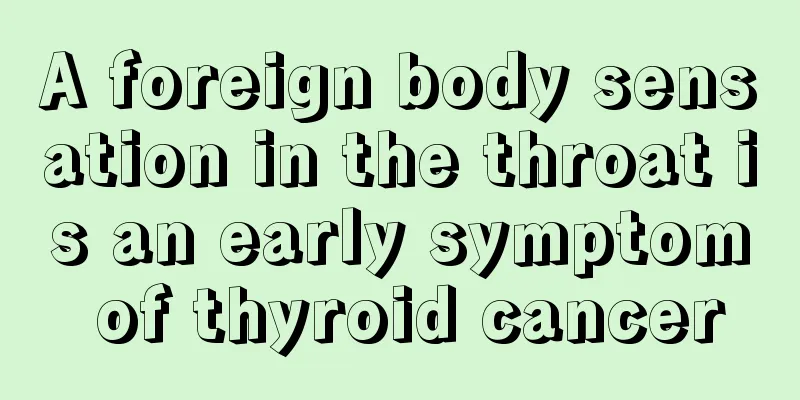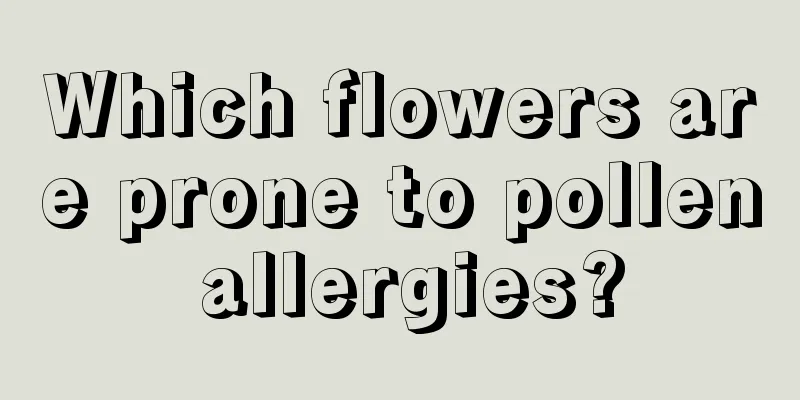What are the treatments for laryngopharyngeal spasm?

|
The throat is the most important breathing passage for people and the only passage for people to eat. The pharyngeal tissue is a relatively complex tissue that plays an important role. It is the processing center for people to make sounds and separate food from the trachea. Therefore, lesions in the throat will have a greater impact on the body. For example, pharyngeal spasm is a relatively serious disease. Let’s take a look at the treatments for pharyngeal spasm. Laryngeal spasm refers to the reflex spasm and contraction of the laryngeal muscles, which causes the vocal cords to retract and the glottis to partially or completely close, resulting in varying degrees of dyspnea or even complete airway obstruction in the patient. Ordinary inflammation will not cause laryngeal spasm. Laryngospasm is just a stress response. Improper handling has a high mortality rate. If laryngeal spasm occurs, the following measures can be taken to treat it: 1. Give pure oxygen inhalation and, if necessary, pure oxygen positive pressure ventilation until the patient wakes up and laryngeal spasm disappears; 2. If the anesthesia is too shallow, use intravenous or inhaled anesthetics to deepen the anesthesia until laryngeal spasm and other reflexes disappear. 3. If necessary, short-acting muscle relaxants can be given and endotracheal intubation should be performed if necessary. It is generally believed that patients with laryngeal spasm after extubation with SpO2 < 85% require further treatment. In addition, the anticholine drug atropine can be used to reduce glandular secretions and reduce irritation of oropharyngeal secretions. Emergency treatment 1. Inhale pressurized pure oxygen through a mask. 2. Gently lifting your jaw can relieve mild laryngeal spasm. 3. Immediately stop all stimulation and surgical procedures. 4. Immediately ask others for help. 5. Deepening anesthesia can relieve mild to moderate laryngeal spasm. The commonly used method is. Administer 20% of the induction dose intravenously or increase the concentration of inhaled anesthetic. 6. Expose and clear throat secretions to keep the airway open. 7. For severe laryngeal spasm, in emergency situations, cricothyroid membrane puncture with a needle of size 16 or larger can be used to provide oxygen or high-frequency ventilation. 8. For severe laryngeal spasm, succinylcholine 1.0-1.5 mg/kg can be used, intravenously injected or 4.0 mg/kg intramuscularly injected, followed by tracheal intubation. |
<<: How to treat follicular hyperplasia of the throat wall?
>>: What are the dangers of cystic and solid nodules
Recommend
How to prevent lung cancer? Here are four points
Lung cancer is a very serious disease, and if it ...
Can birthmarks and coffee stains be removed?
A birthmark is a mark that you are born with. If ...
At what age does the nose shape take shape?
After birth, various parts of the body will begin...
Can expired blush be used?
There are many types of cosmetics, and generally ...
The problem of mole on upper lip
We all know that everyone will have moles, and it...
What are the benefits of acupuncture
In our country, acupuncture is a very traditional...
How to eat royal jelly to enlarge breasts? It turns out the method is so simple
Breast enhancement has always been a top priority...
What anti-inflammatory medicine should I take for knee effusion
Knee effusion generally refers to knee synovitis,...
Is it easy for ichthyosis vulgaris to relapse after treatment?
Ichthyosis vulgaris is actually a skin disease, w...
Which tile has the least radiation?
When decorating your home, you will choose tiles ...
What should I pay attention to when I feel dizzy, panic, chest tightness and fatigue
When symptoms such as dizziness, palpitations, ch...
How long does it take for bladder cancer to recur
There are many treatments for bladder cancer, and...
Bioelectrodialysis therapy
Bioelectrodialysis therapy is actually a treatmen...
Can I get pregnant if I douche immediately after sex
After having sex, if you do not take some good co...
What is the simplest and most effective way to reduce the size of the nostrils?
Many people's facial features look good, but ...









